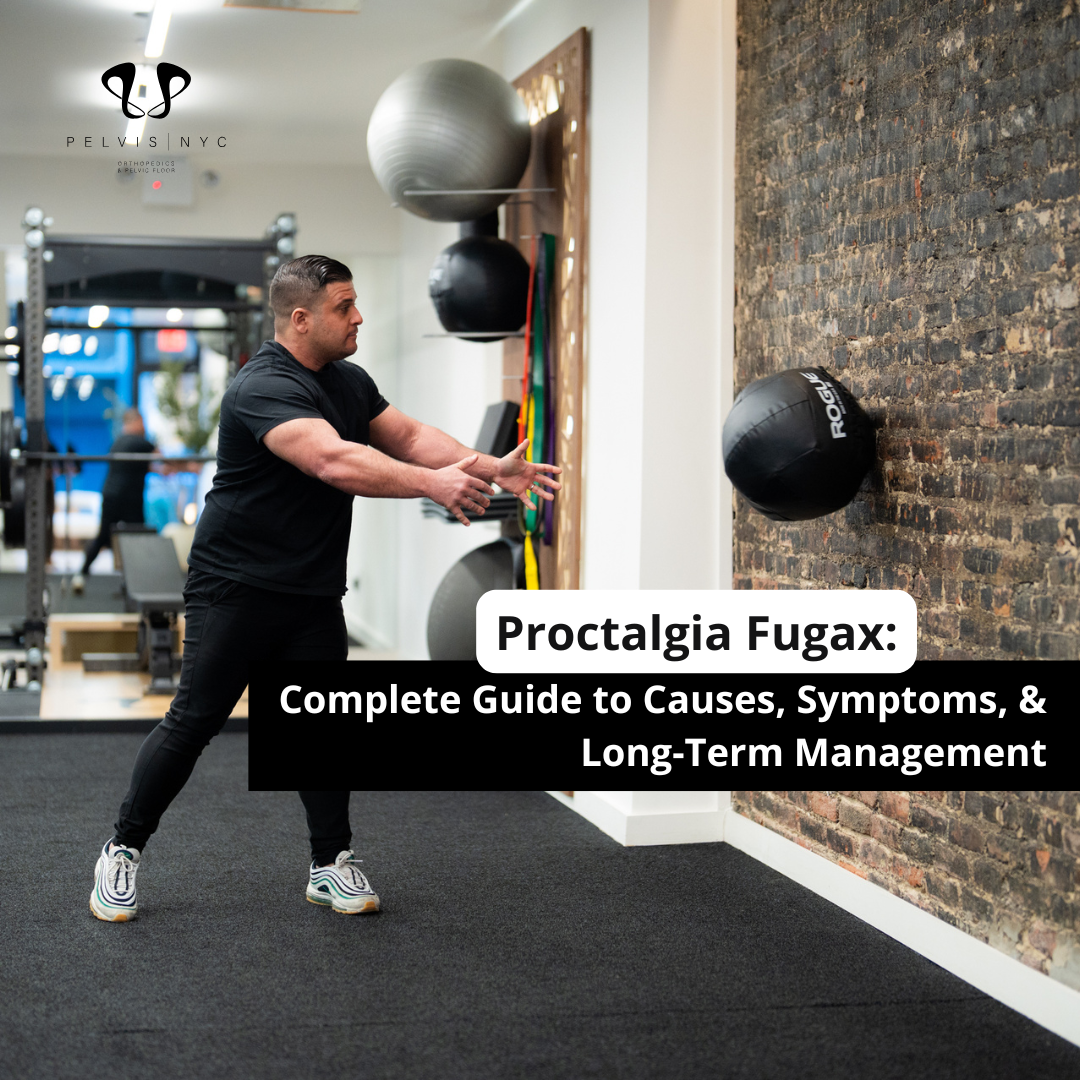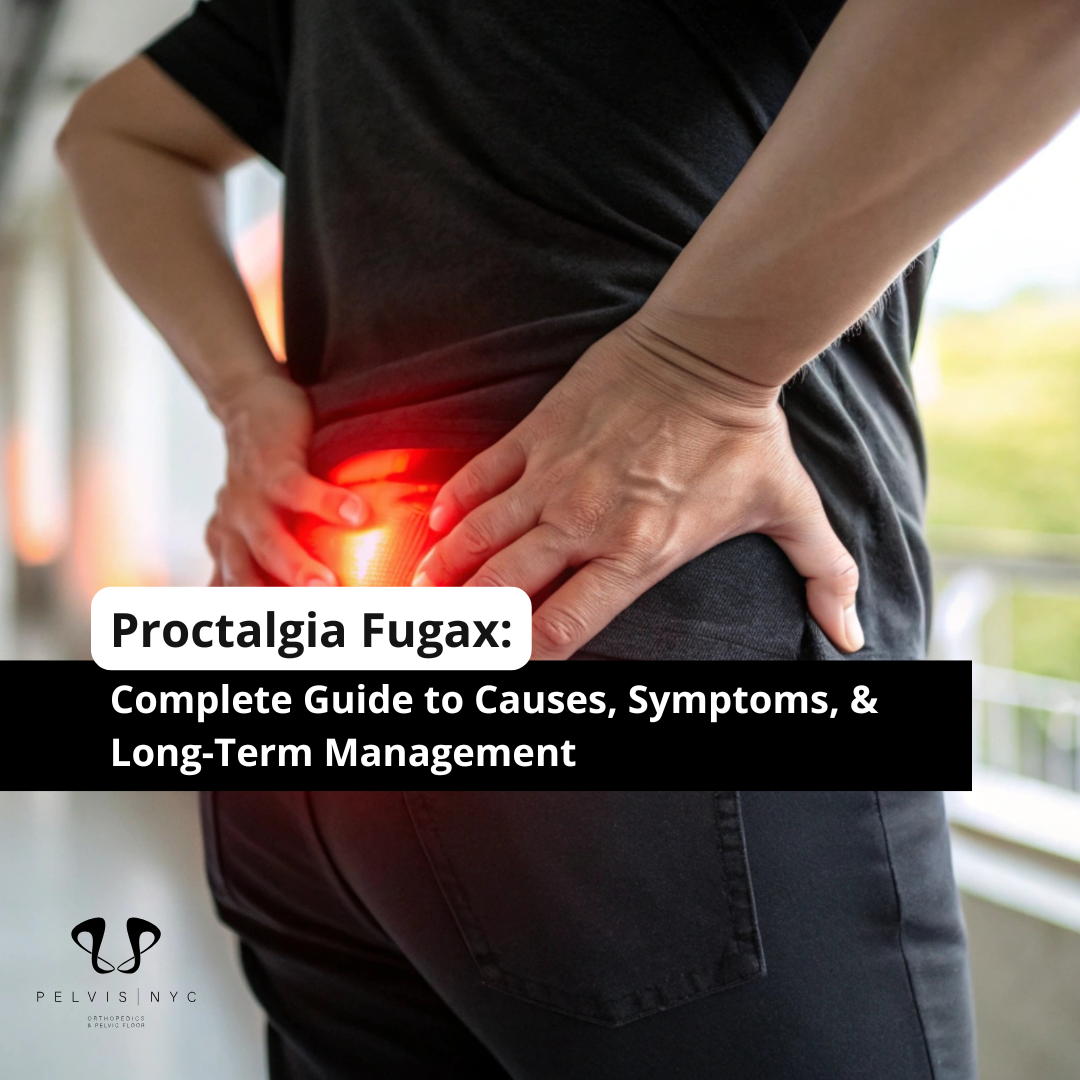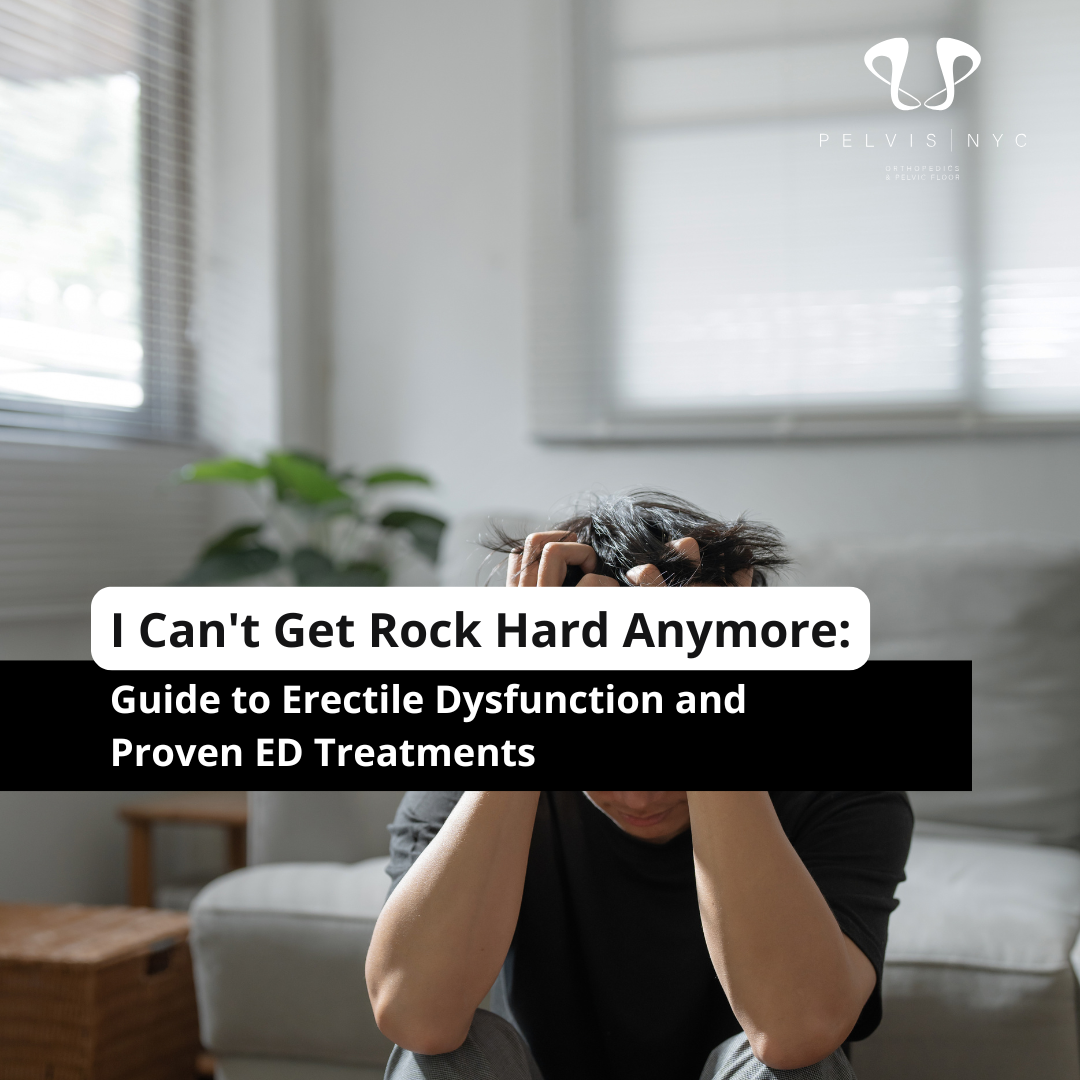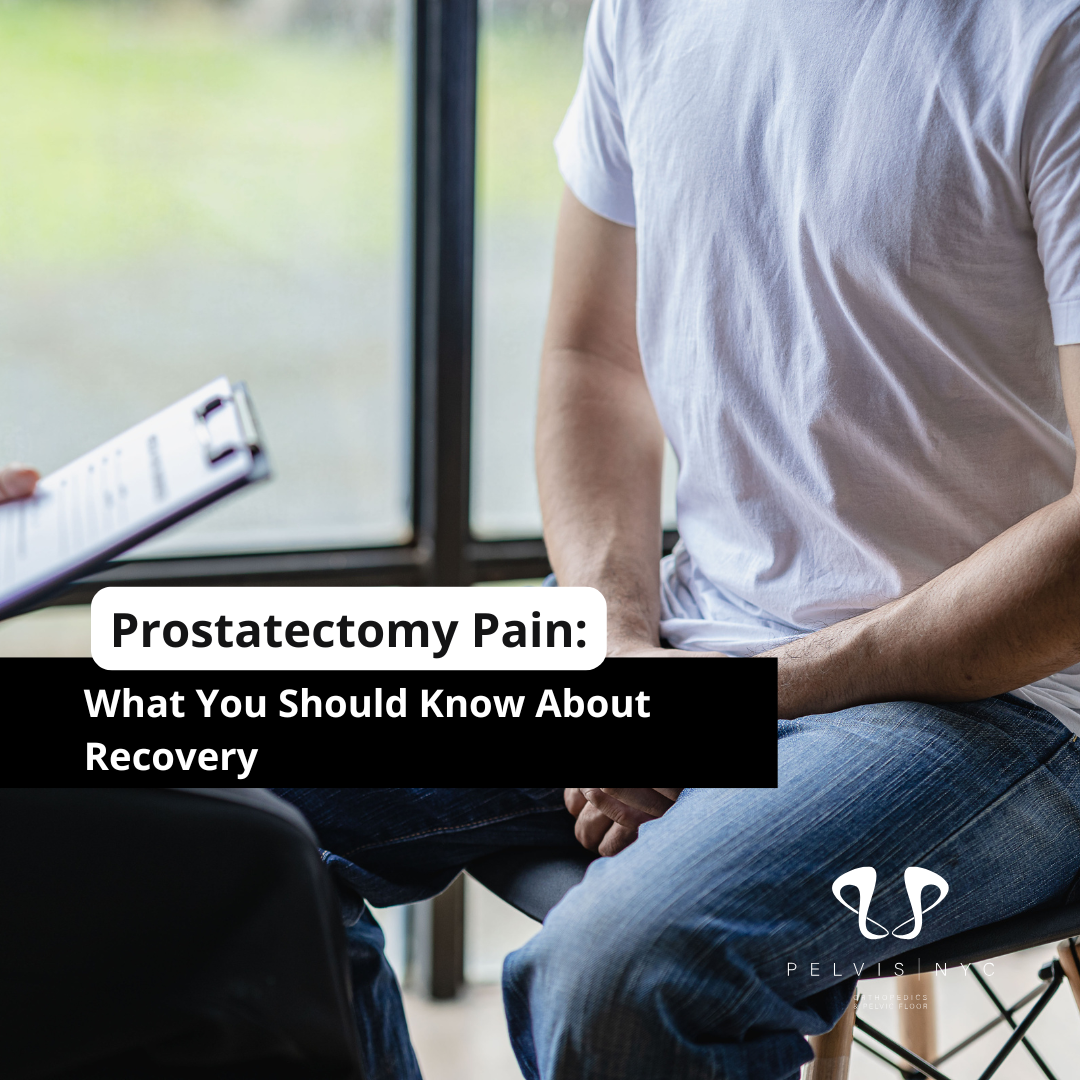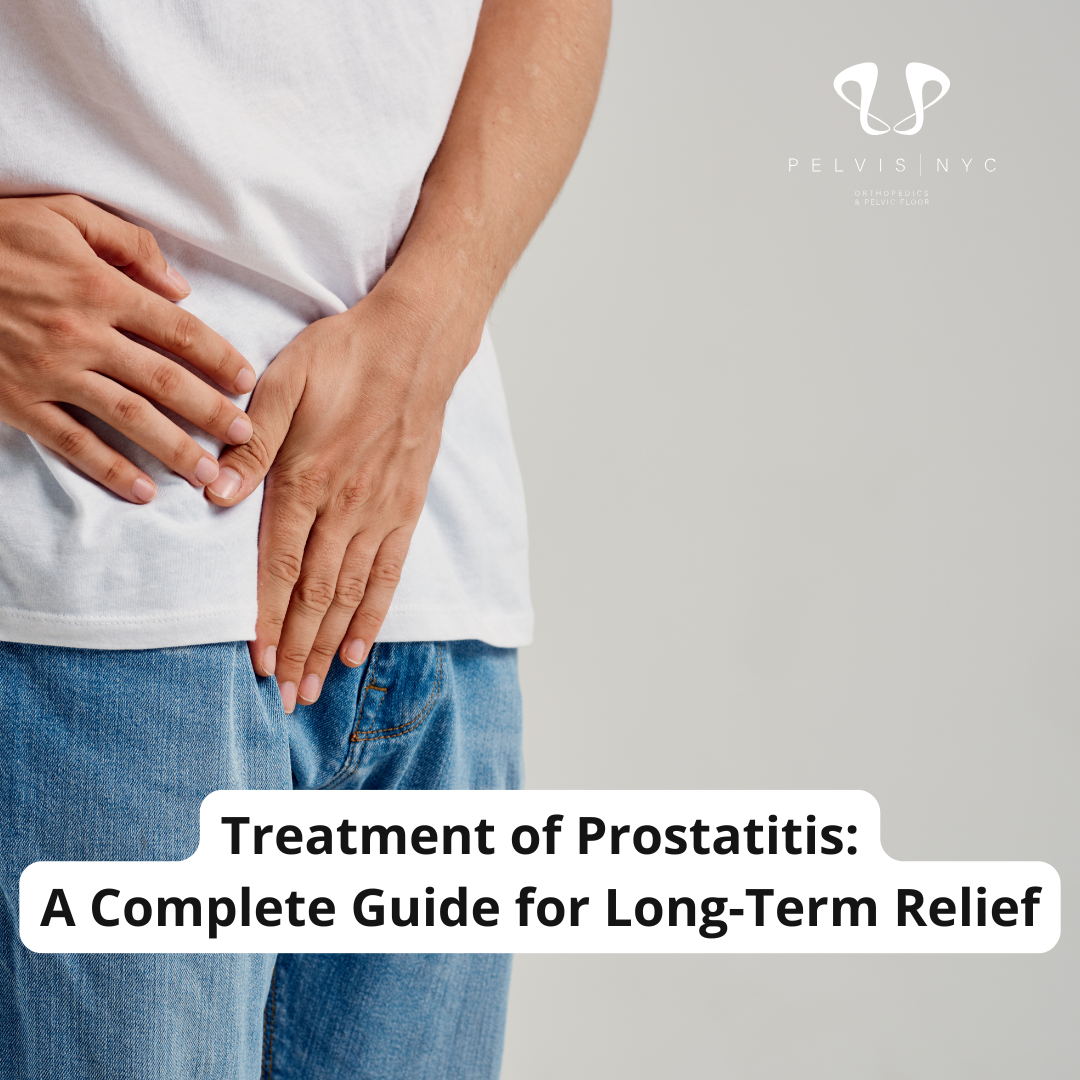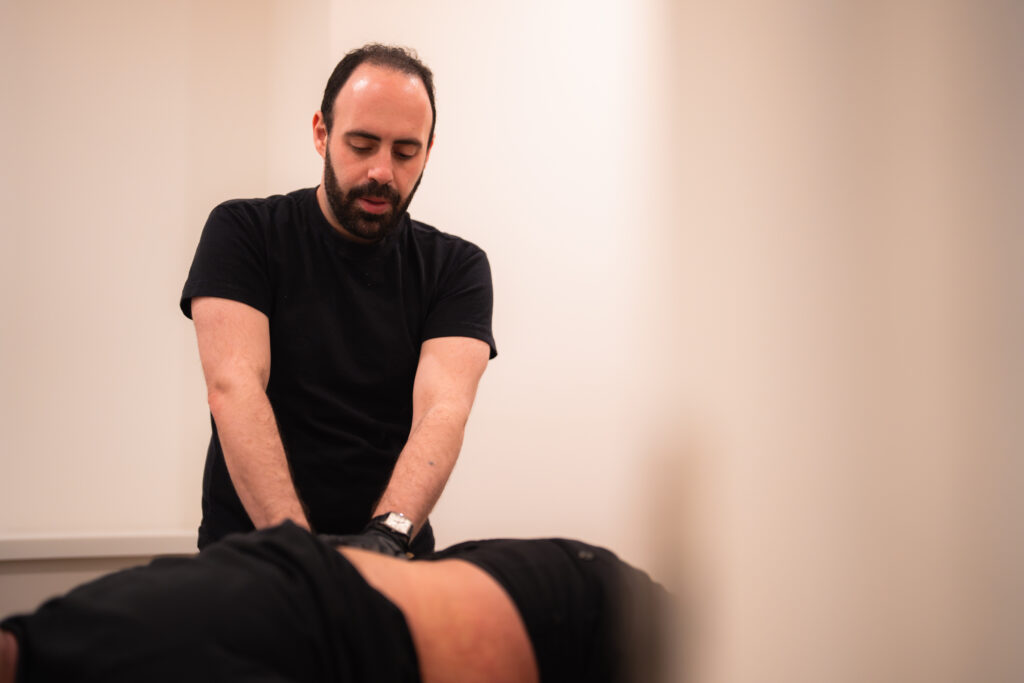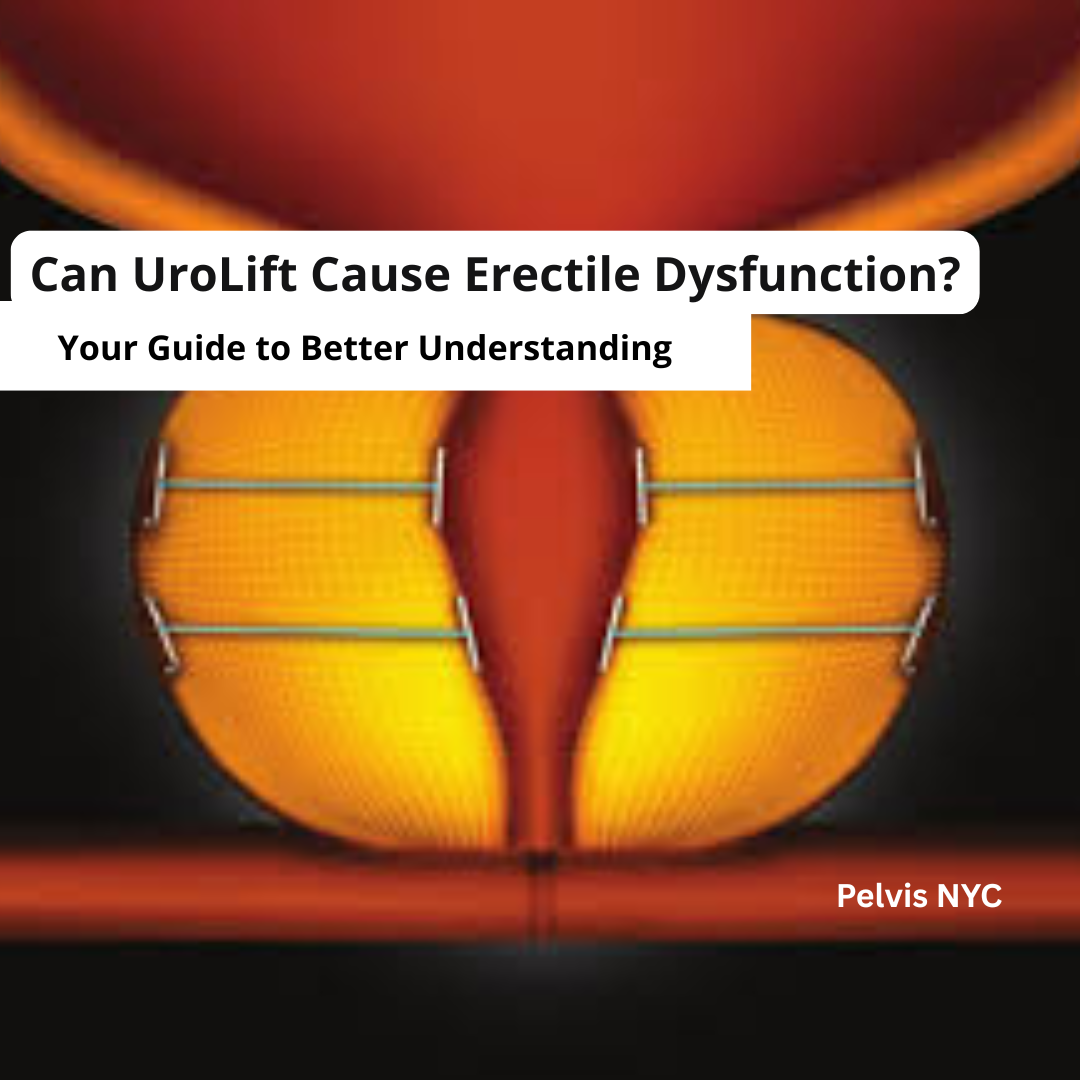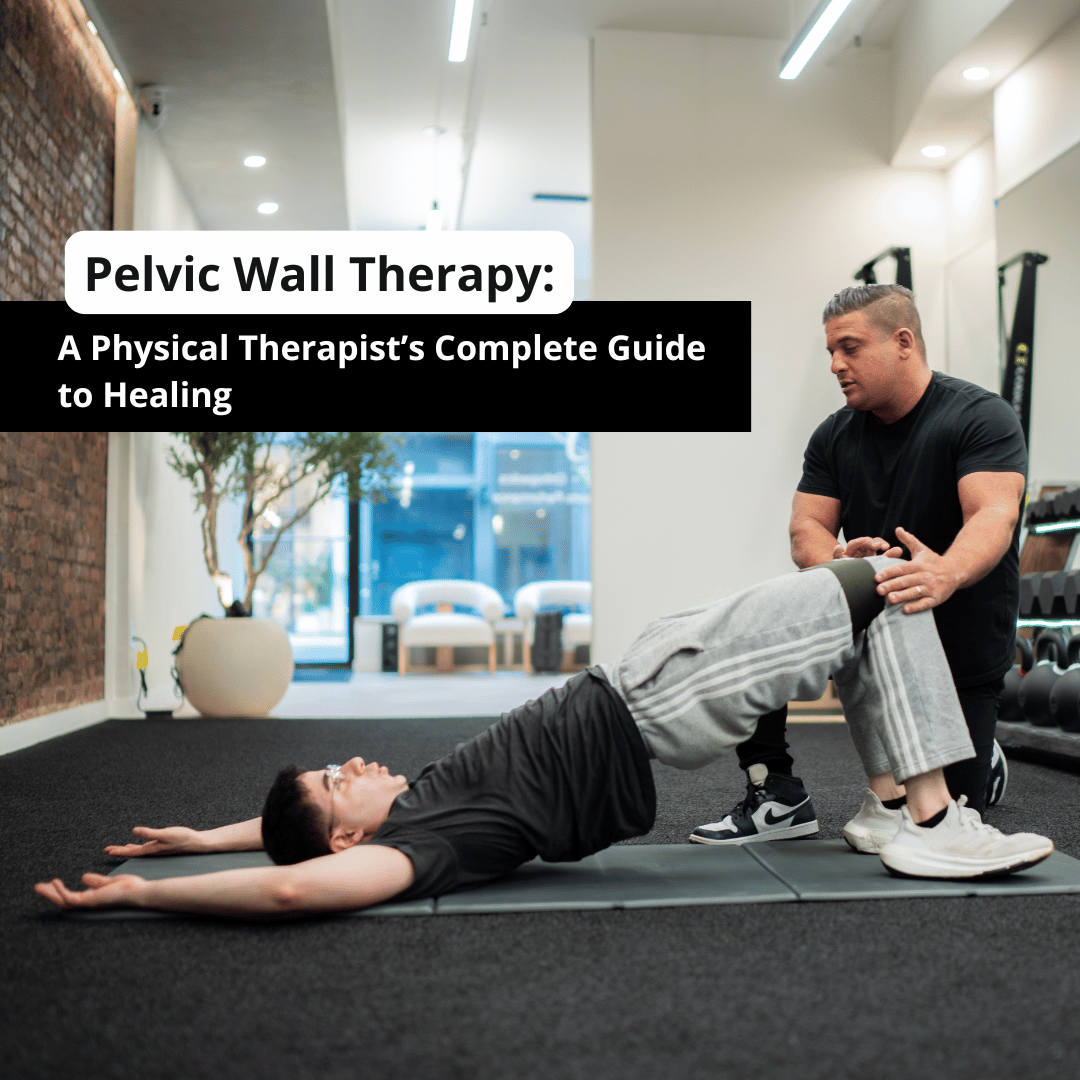Proctalgia fugax in males is brief, sudden anorectal pain caused by involuntary anal sphincter muscle spasms. This condition is characterized by fleeting pain—sudden, unpredictable episodes of discomfort that last only seconds to minutes. While episodes are intense, they are usually harmless, short-lived, and related to pelvic floor dysfunction, stress, or nerve irritation. Men may experience it differently due to anatomy, lifestyle patterns, and pelvic floor tension.
Understanding Proctalgia Fugax in Males
Proctalgia fugax is a sharp, sudden, stabbing pain in the rectum that lasts from a few seconds to several minutes. Men often describe it as a “bolt of lightning” sensation deep inside the anus or rectum, often accompanied by intense rectal discomfort. These painful episodes are unpredictable and episodic, sometimes disrupting daily life or sleep, and can make the condition difficult to anticipate or manage. Because the episodes come without warning and disappear quickly, many men avoid reporting it to their healthcare provider.
Although the pain can be alarming, proctalgia fugax is considered functional anorectal pain, meaning it’s related to muscle or nerve function rather than structural disease. During these episodes, men may experience pain that is abrupt, severe, and temporarily disabling, highlighting the importance of recognizing these symptoms for proper diagnosis and management.
This article explains why it occurs in men, how it’s diagnosed, and evidence-informed ways to manage and prevent episodes.
Proctalgia Fugax Male: Why It Happens
Men experience proctalgia fugax due to a combination of anal sphincter muscle spasms, pelvic floor dysfunction, lifestyle patterns, nerve irritation, or stress-related muscle tightening.
Factors unique to male physiology and lifestyle can contribute, including:
- Stronger pelvic floor and anal sphincter musculature
- Higher rates of prolonged sitting (office work, driving, gaming)
- Increased sports-related tension or strain
- Sexual health considerations
- Stress patterns linked to work, physical training, or performance pressure
- Muscle tension in the anal muscles, which can contribute to episodes of proctalgia fugax
These factors often produce muscle tension or spasms in the anal sphincter muscles and surrounding anal muscles, a key trigger of proctalgia fugax in males. Muscle tension in the pelvic region can also trigger sudden pain episodes.
Anal Sphincter and Its Role in Proctalgia Fugax
The anal sphincter complex consists of two muscles: the internal anal sphincter and the external anal sphincter. These are collectively known as sphincter muscles, and spasms or cramps in these muscles are often involved in conditions like proctalgia fugax, leading to anorectal pain.
Internal Anal Sphincter (Involuntary)
- Automatically controls resting tone
- Located within the anal canal; spasms of the internal anal sphincter in the anal canal are the most common cause of proctalgia fugax
- Sensitive to stress, bowel habits, and nerve irritation
External Anal Sphincter (Voluntary)
- Provides conscious control of bowel movements
- Can tighten during anxiety, strenuous exercise, or sexual activity
- Chronic tension may trigger episodes indirectly
For males, physical training, holding tension in the pelvic region, and prolonged sitting can lead to hypertonicity, increasing the likelihood of spasms.
Anal Pain in Males: How Proctalgia Fugax Differs
Men may misinterpret proctalgia fugax as a cause of rectal pain, confusing it with other conditions that affect the rectal and anal area.
Men may misinterpret proctalgia fugax as:
- Prostate pain
- Hemorrhoids
- Gastrointestinal cramping
- Pain from heavy lifting or exercise
- Nerve issues (e.g., pudendal neuralgia)
Unlike these conditions, proctalgia fugax:
- Appears suddenly in the rectal area or anal area
- Peaks intensely
- Ends quickly
- Leaves no lingering symptoms (in most cases)
The suddenness of rectal pain in the rectal area or anal area is the hallmark feature.
Chronic Proctalgia vs. Proctalgia Fugax in Males
While proctalgia fugax involves quick, episodic pain, chronic proctalgia includes longer-lasting or repetitive discomfort. When these episodes occur more frequently and persist for over 20 minutes, the condition is referred to as chronic proctalgia fugax, distinguishing it from the typical, brief episodes. Men with chronic pelvic tension, stress, or muscle overuse are more likely to progress from occasional episodes to chronic symptoms.
Contributors may include:
- High-intensity workouts
- Chronic constipation or straining
- Pelvic floor dysfunction
- Long-term stress patterns
- Heavy lifting or weight training
- Prior pelvic trauma
If pain lasts 20 minutes or longer, it may be levator ani syndrome, a related chronic pain condition.
Levator Ani Syndrome in Males
This condition involves persistent pelvic floor muscle tightness, especially in the levator ani muscle group. Men may feel:
- A dull ache inside the rectum
- Deep pelvic pressure
- Pain during or after sitting
- Pain triggered by stress
Levator ani syndrome is closely related to proctalgia fugax, but the pain lasts longer and often recurs more predictably. Men who sit for long periods (truck drivers, office workers, gamers) are at higher risk.
Anorectal Pain in Males: Why Episodes Feel So Intense
Anorectal pain tends to feel more severe in males due to:
- Dense nerve endings near the prostate and pelvic floor
- Strong anal sphincter tone
- Increased sympathetic nervous system responses
- Anatomical positioning of the pelvic floor muscles
Episodes are often described as severe pain or intense rectal pain, with sudden, sharp, and spasm-like discomfort that can be so intense it disrupts daily life and sleep.
When spasms occur near these nerves, the intense pain is unmistakably sharp.
Pelvic Floor Dysfunction in Males
Pelvic floor dysfunction is a major contributor to proctalgia fugax in males. It happens when the pelvic floor muscles become:
- Too tight
- Overworked
- Poorly coordinated
- Involuntarily contracted
Spastic muscles in the pelvic floor can lead to sudden, painful spasms that are characteristic of proctalgia fugax.
Men with pelvic floor dysfunction often experience:
- Anal pain
- Difficulty relaxing during bowel movements
- Genital or perineal discomfort
- Lower back or hip tension
Correcting pelvic floor dysfunction through guided exercise, breathing techniques, and lifestyle modifications can significantly reduce proctalgia episodes. Incorporating relaxation techniques can help decrease muscle tension and manage symptoms more effectively.
Anal Sphincter Spasm and Sudden Pain
The primary cause of proctalgia fugax is the involuntary spasm of the anal sphincter. These episodes are marked by painful spasms and stabbing pains—sudden, sharp, and intense discomfort that can occur unexpectedly and last only a few seconds to minutes. Spasms may be triggered by:
- Stress or anxiety
- Constipation
- Sexual activity
- Straining
- Cold exposure
- Nighttime pelvic floor tension
- Exercise or lifting
- Nerve irritation
While proctalgia fugax often occurs without warning, certain factors or conditions—such as those listed above—can sometimes trigger proctalgia fugax in susceptible individuals.
During a spasm, the anal sphincter tightens abruptly, cutting off blood flow and triggering severe, short-lived pain.
How Common Is Proctalgia Fugax in Males?
While both men and women experience proctalgia fugax, research suggests it may be underreported in males. Proctalgia fugax may affect a significant portion of the general population, but is likely underreported in men. Estimates indicate:
- Up to 18% of men experience anorectal pain episodes at some point.
- Most episodes start between ages 20–50, aligning with peak stress and activity periods.
- Many men never discuss symptoms due to embarrassment or misinterpretation.
Because episodes resolve quickly, many assume it’s “nothing serious,” which leads to underdiagnosis.
Electrical Stimulation as a Supportive Option
Electrical stimulation is often used by pelvic floor therapists to help men who experience frequent or severe episodes.
It may help by:
- Calming overactive pelvic floor muscles
- Reducing sphincter hypertonicity
- Improving neuromuscular coordination
- Training relaxation of involuntary muscles
This technique should only be applied under the guidance of a trained healthcare provider.
How to Diagnose Proctalgia Fugax in Males
A healthcare provider typically diagnoses proctalgia fugax based on:
- Symptom description
- Duration and pattern of pain
- History of pelvic tension or constipation
- Physical examination to assess for other possible causes
A thorough physical examination is essential in diagnosing proctalgia fugax and ruling out other causes of anal and rectal pain.
Because the condition is functional, diagnostic tests (like MRI, colonoscopy, or ultrasound) usually show no abnormalities. These may be done only to rule out other causes of anorectal pain.
Diagnostic steps may also include:
- Rectal exam to check for hemorrhoids, anal fissures, or other abnormalities
- Prostate evaluation
- Pelvic floor muscle testing
- Assessment of exercise and lifting patterns
- Review of stress and lifestyle factors
It is important to rule out anal fissures, inflammatory bowel disease, and irritable bowel syndrome as part of the differential diagnosis for anal and rectal pain.
Causes of Proctalgia Fugax in Males
1. Pelvic Floor Tension
Men often hold tension in the pelvic floor during stress, workouts, or long periods of sitting.
2. Stress and Anxiety
Stress increases sympathetic nervous system activity, triggering involuntary anal sphincter tightening.
3. Straining During Bowel Movements
Chronic constipation and overexertion irritate the anal sphincter.
4. Sexual Activity
Some men experience episodes after ejaculation or pelvic floor engagement.
5. Nerve Irritation
Pudendal nerve sensitivity can contribute to sudden spasms.
6. Intense Exercise
Weightlifting, high-intensity training, and cycling can strain the pelvic floor.
7. Cold Temperatures
Exposure to cold can trigger sphincter tightening.
8. Pelvic Trauma or Surgery
Any irritation to the pelvic region increases spasm likelihood.
Because males often have stronger baseline muscle tone, their anal sphincters may be more prone to spasm under stress.
Pelvic Floor and Male Anatomy: Why It Matters
The male pelvic floor:
- Supports the bladder, rectum, and prostate
- Plays a role in sexual function
- Coordinates anal sphincter activity
- Responds sensitively to stress and tension
The pelvic area is central to proctalgia fugax, as episodes often originate in or radiate through this region due to muscle involvement.
When these muscles become overactive, proctalgia fugax episodes can occur more frequently. Men who perform activities requiring core stability (lifting, martial arts, long-distance running) may have chronically tight pelvic floors.
A healthier pelvic floor contributes to:
- Fewer spasms
- Better bowel movement control
- Reduced anorectal pain
- Improved relaxation response
Proctalgia Fugax Relief Strategies for Men
While treatment should always be personalized by a professional, many men find relief through a combination of over-the-counter pain relievers, which can help manage symptoms of proctalgia fugax. Various methods are used to relieve proctalgia fugax, including home remedies and medical treatments aimed at alleviating sudden, severe anal pain. It is important to follow a comprehensive treatment approach tailored to the individual, which may include manual therapy, exercises, education, and coordination with other healthcare professionals to address underlying muscle dysfunction and symptoms. Many men find relief through a combination of:
1. Warm Baths (Sitz Bath)
Heat increases blood flow and reduces muscle spasm intensity.
2. Relaxation and Breathing Techniques
Deep breathing reduces involuntary anal sphincter tension.
3. Pelvic Floor Therapy
Specialized physical therapy improves muscle balance and relaxation.
4. Exercise and Movement
Gentle stretching and targeted pelvic exercises can reduce episode frequency.
5. Bowel Health Support
Fiber, hydration, and proper toilet posture ease strain.
6. Stress Reduction
Stress management techniques reduce nervous system triggers.
Related Blog: Proctalgia Fugax Exercises?
When Should Men See a Healthcare Provider?
Men should consult a healthcare provider if:
- Pain becomes frequent or severe
- Episodes last longer than 20 minutes
- There is bleeding, fever, or persistent discomfort
- Pain occurs with bowel movements
- They suspect chronic proctalgia or pelvic floor dysfunction
A trained clinician can rule out other anorectal conditions and create a personalized plan.
Take Control of Pelvic Health — Visit Pelvis NYC
If you’re dealing with recurrent anorectal pain, pelvic floor tension, or suspected proctalgia fugax, Pelvis NYC offers specialized evaluations and evidence-based therapies tailored specifically for men.
✅ Improve pelvic comfort, reduce spasm frequency, and regain confidence.
Schedule Your Consultation at Pelvis NYC
FAQs (Schema-Ready)
1. What is proctalgia fugax in males?
A sudden, sharp anorectal pain caused by involuntary anal sphincter muscle spasms.
2. Are proctalgia fugax episodes dangerous for men?
No, they are usually harmless, though the pain can be intense.
3. How do I know if I have proctalgia fugax or another condition?
A healthcare provider can diagnose it based on symptoms and rule out other causes.
4. What causes proctalgia fugax in males?
Stress, pelvic floor tension, constipation, nerve irritation, or muscle overuse.
5. Can pelvic floor therapy help men with proctalgia fugax?
Yes. Improving pelvic floor relaxation and coordination often reduces episodes.
6. Is proctalgia fugax common in males?
Yes, but underreported because many men avoid discussing anal pain.
7. Does exercise trigger proctalgia fugax?
Intense core or lifting workouts can increase pelvic tension in some men.
8. Should I worry if episodes happen at night?
Nighttime episodes are common and usually benign, but recurring pain should be evaluated.

